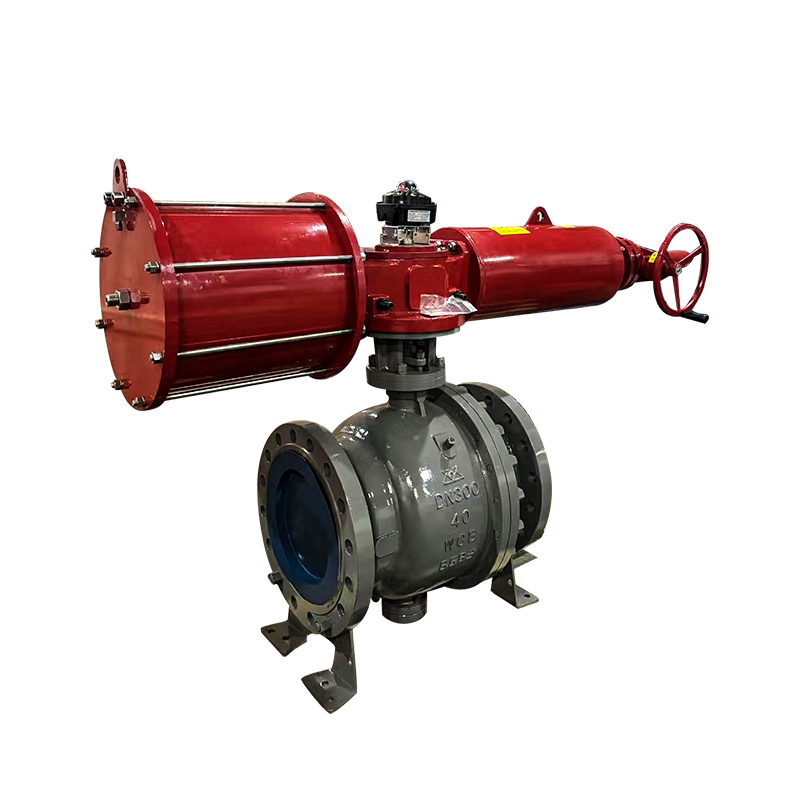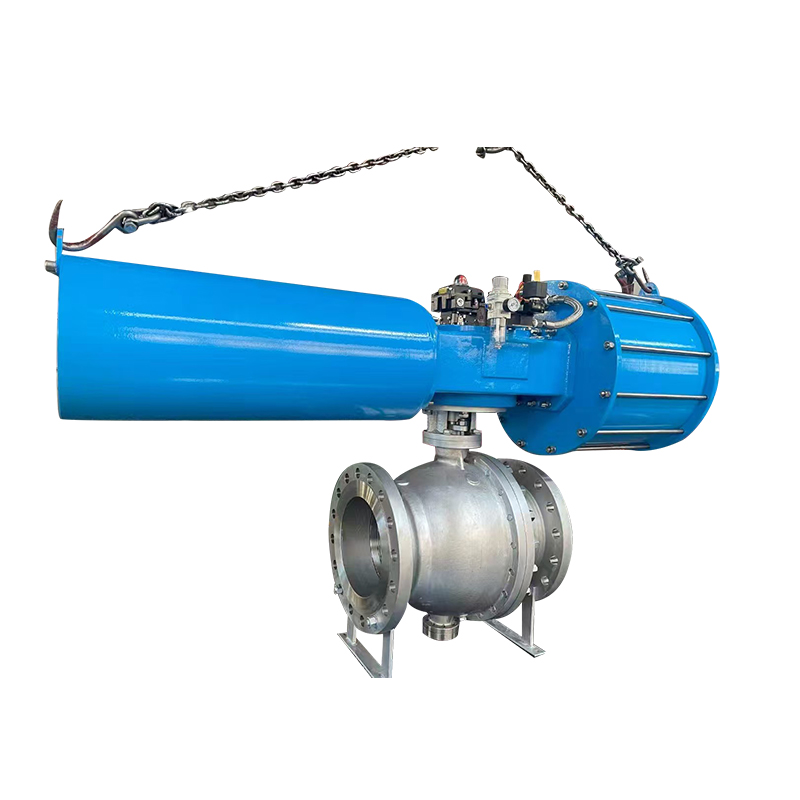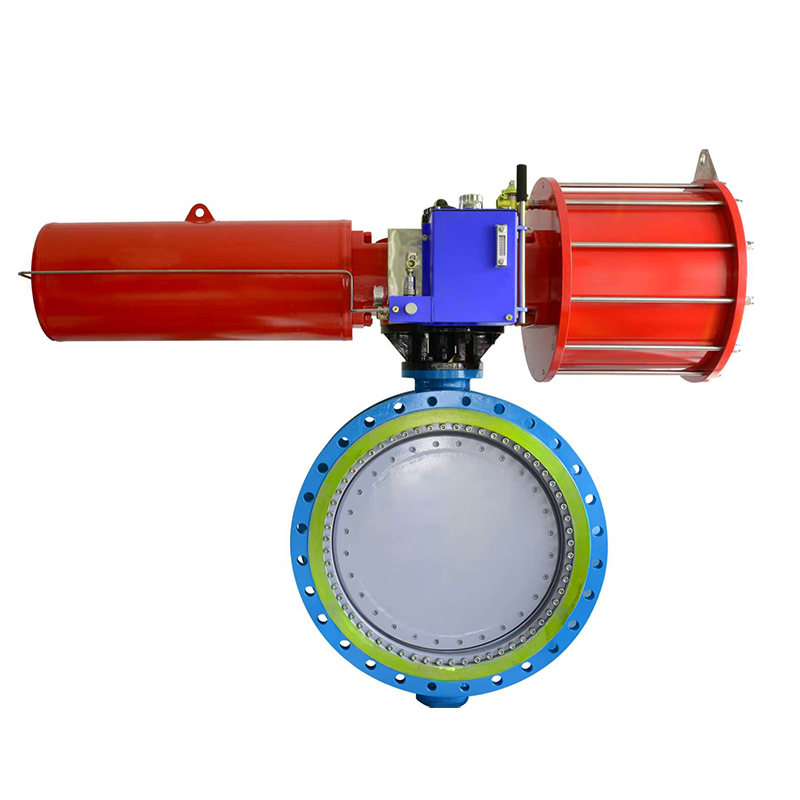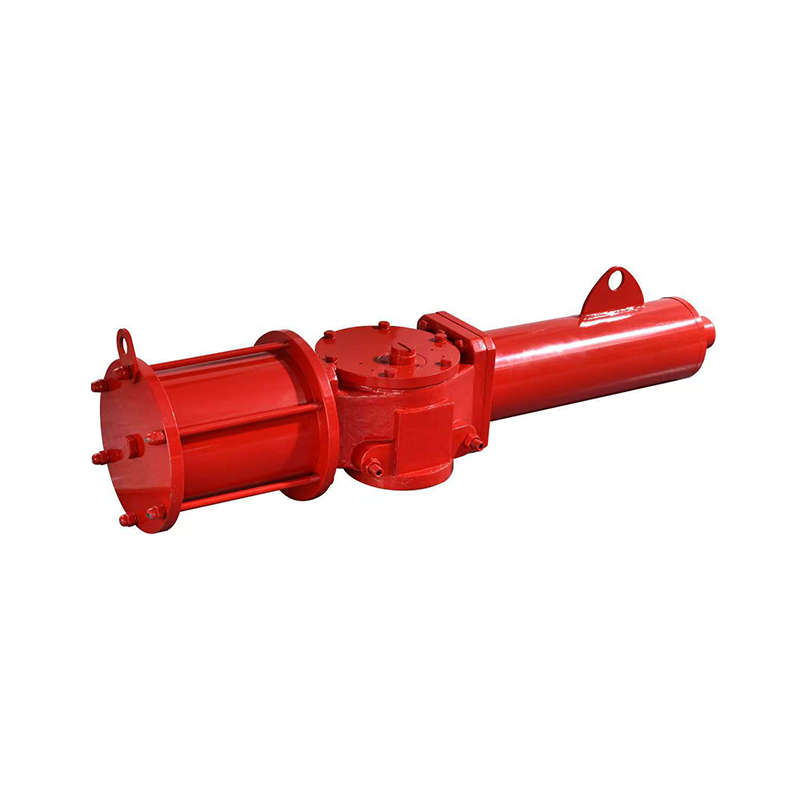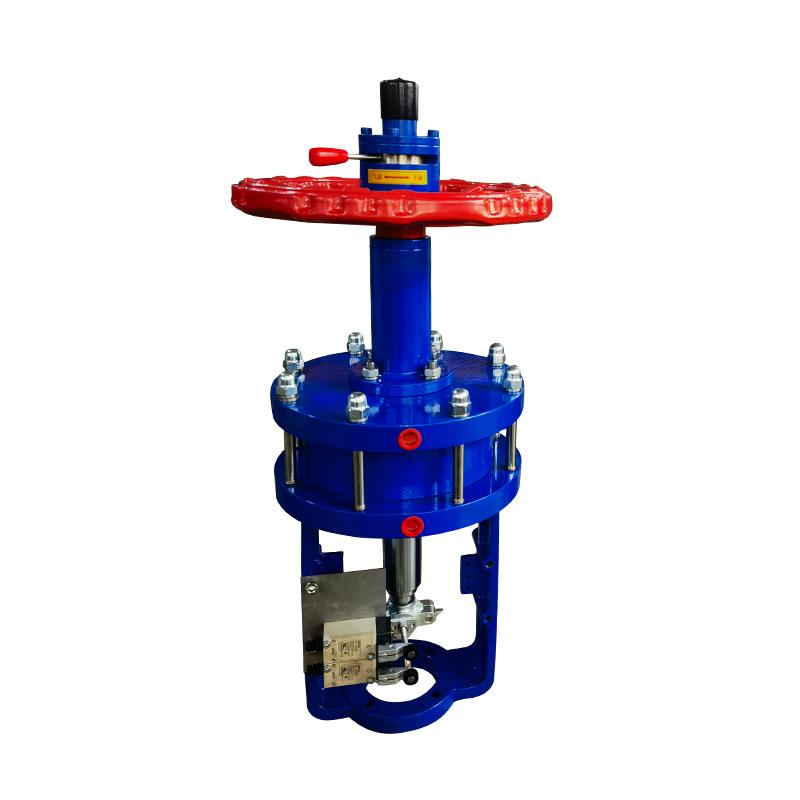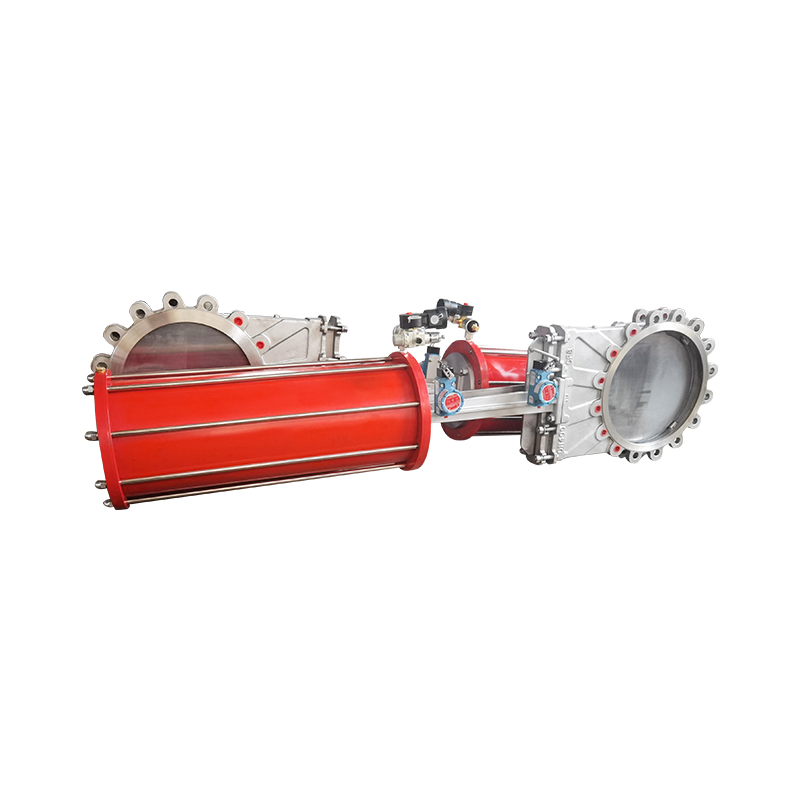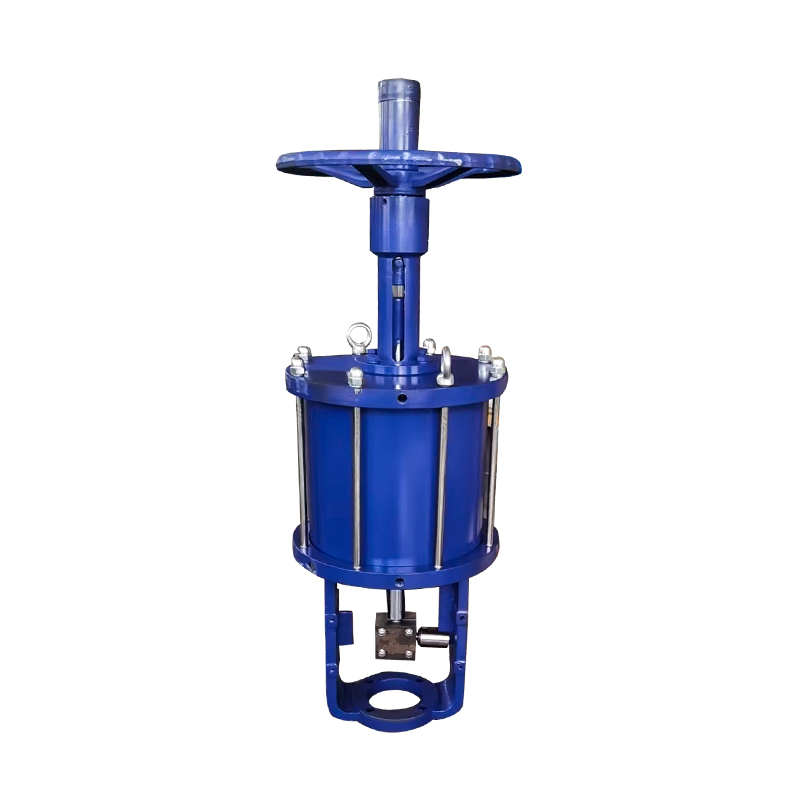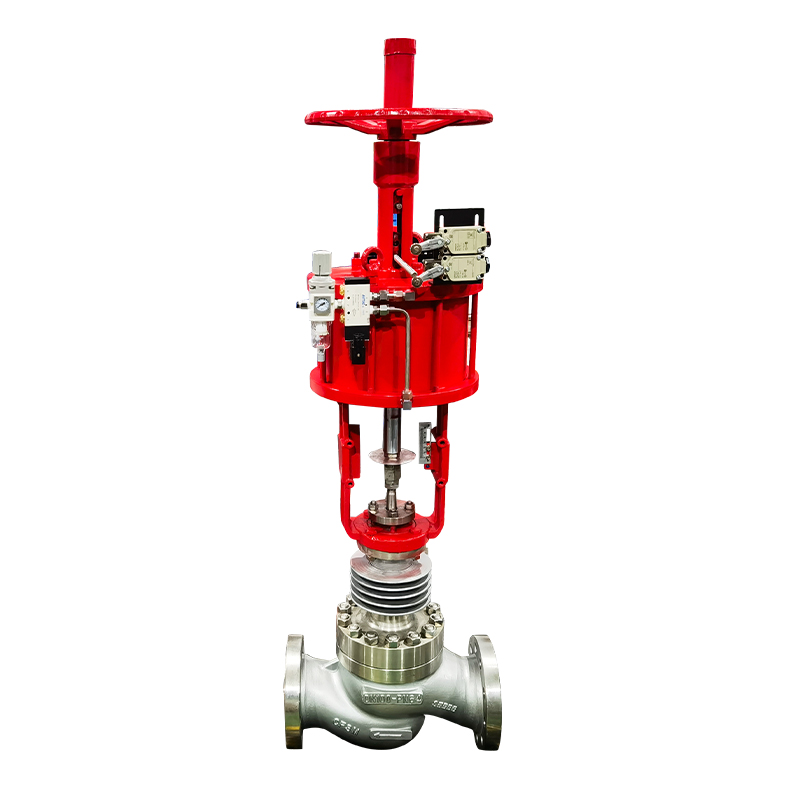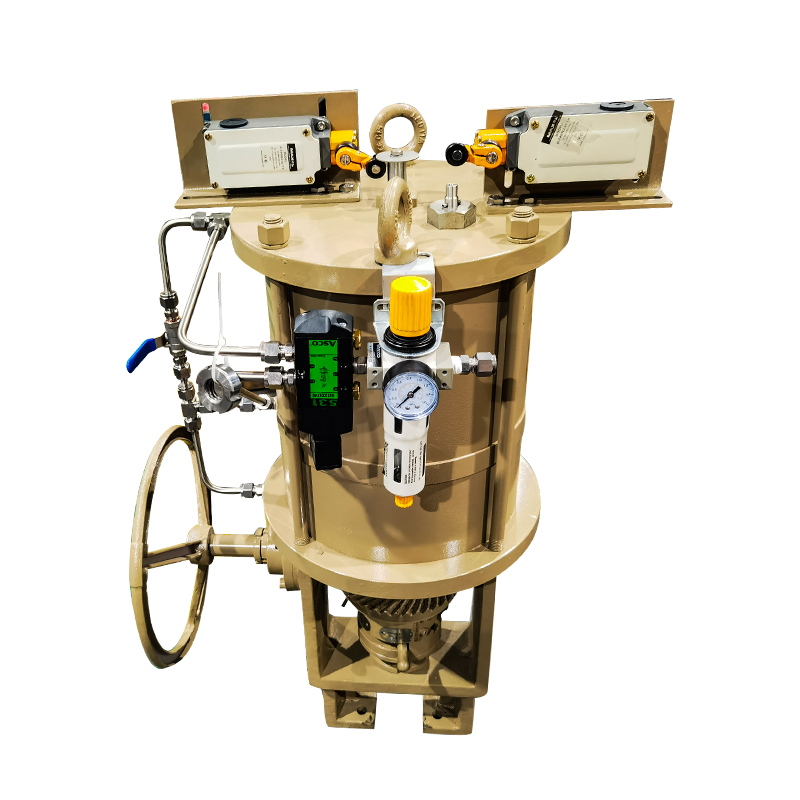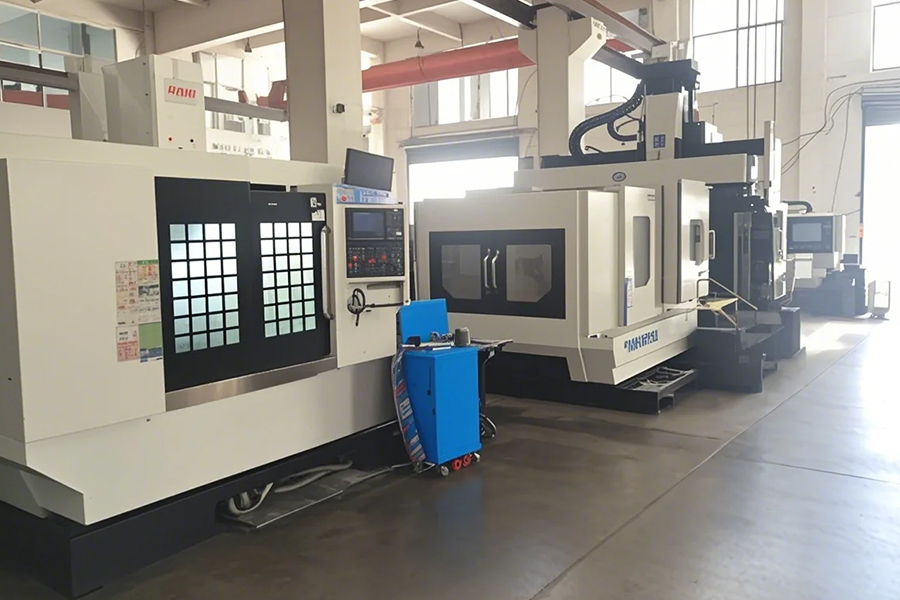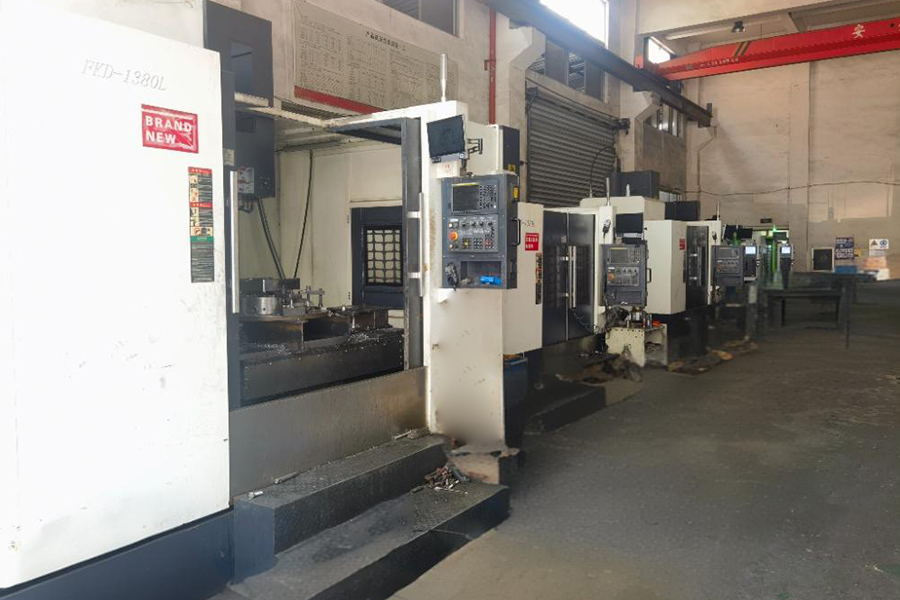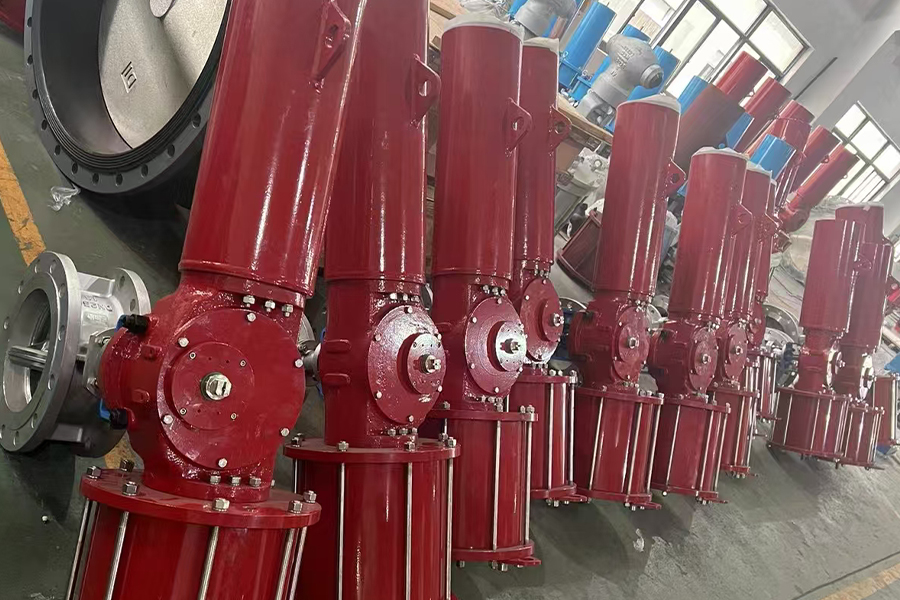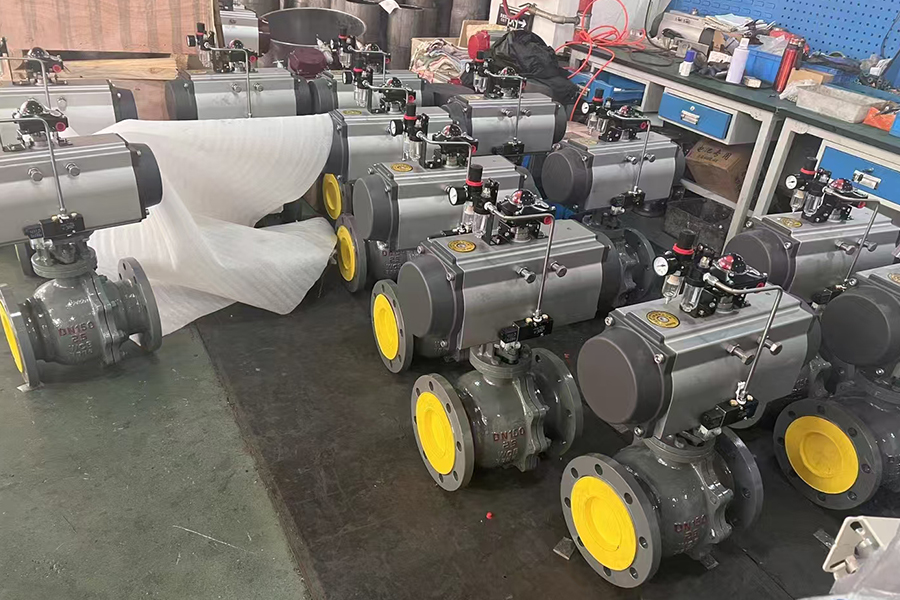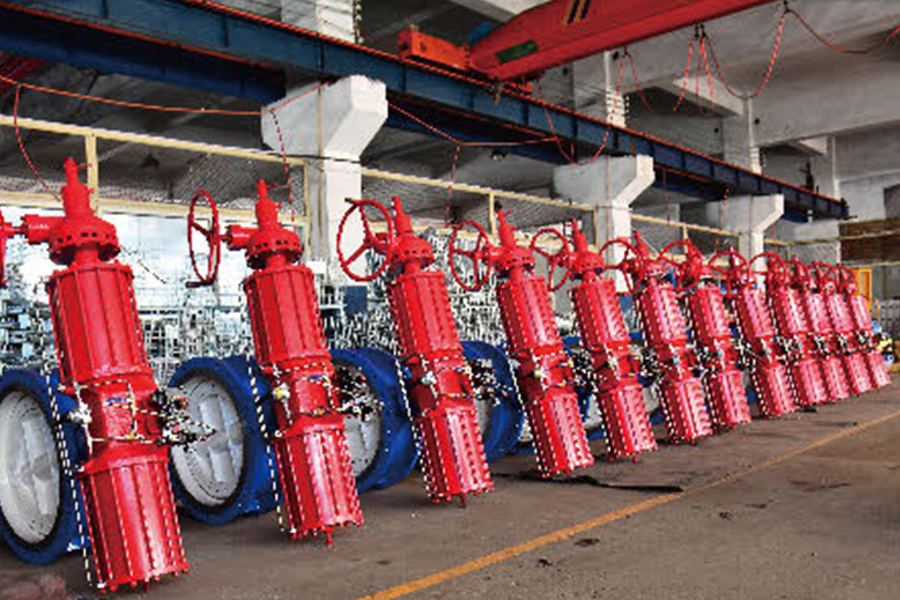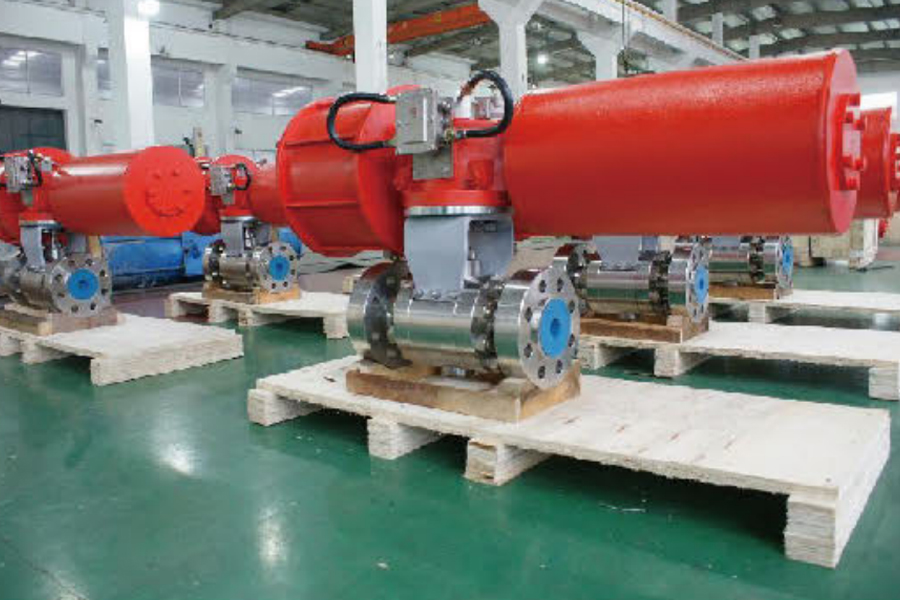Modern industrial processes demand precision, automation, and reliability, especially in systems involving fluid regulation. Two components that play a significant role in meeting these needs are the Trunnion Mounted Motorized Valve Actuator and the Two Way Air Control Valve. These devices not only enhance the functionality of fluid control systems but also address specific challenges in operational efficiency and automation.
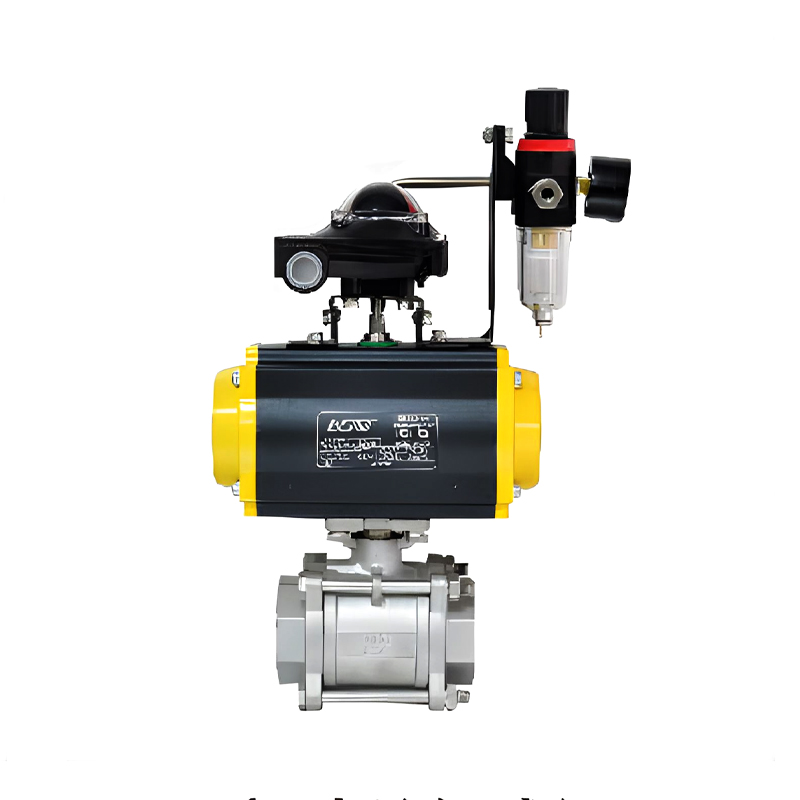
The Trunnion Mounted Motorized Valve Actuator is designed to control ball valves that operate under high pressure and large pipe diameters. In this configuration, the ball within the valve is supported by trunnions (mechanical anchoring points at the top and bottom), which absorb the pressure load, reducing torque and wear on the valve seat. When paired with a motorized actuator, the assembly becomes fully automated, capable of being controlled remotely with high precision.
One of the key benefits of this type of actuator is its ability to maintain consistent performance under demanding conditions. Whether installed in oil and gas pipelines, power generation plants, or water treatment facilities, the Trunnion Mounted Motorized Valve Actuator ensures stable flow control with minimal manual intervention. Its electric motor offers reliable torque output and positioning accuracy, making it suitable for both on-off and modulating service.
Moreover, motorized operation allows integration with centralized control systems such as SCADA or DCS platforms. This not only improves efficiency but also enhances safety by enabling real-time monitoring and fault diagnostics. Overall, the Trunnion Mounted Motorized Valve Actuator combines structural durability with intelligent control, making it a valuable solution for modern flow systems that require robust, automated valve operation.
Before the development of the Two Way Air Control Valve, fluid systems faced several limitations, especially in applications requiring directional control of air or gas. Traditionally, directional changes relied heavily on manual intervention or complex valve networks that introduced inefficiencies and increased system bulk. These older systems often suffered from slow response times, inconsistent control, and frequent maintenance needs due to mechanical wear.
The introduction of the Two Way Air Control Valve significantly changed this landscape by providing a compact and efficient solution for controlling the direction of airflow in a two-way system. This valve allows air to flow in two distinct directions—usually inlet and outlet—based on actuator or controller signals. As a result, it offers a streamlined way to switch airflow without the need for multiple components or manual oversight.
One of the main problems solved by the Two Way Air Control Valve is the issue of automation in pneumatic systems. By enabling quick and accurate directional changes, it supports the functioning of pneumatic actuators, cylinders, and other control elements without delay. This boosts overall process efficiency, especially in packaging, assembly lines, and material handling systems where timing is critical.
Additionally, the valve's compact design and minimal moving parts help reduce maintenance demands and increase the longevity of the system. It also contributes to energy savings by air leakage and ensuring that air pressure is directed only where needed.
Two Way Air Control Valve addressed key industry challenges by providing a reliable, space-saving, and automated solution for air flow direction control. Its development marked a turning point in pneumatic automation, enabling more compact, cost-effective, and efficient system designs.








